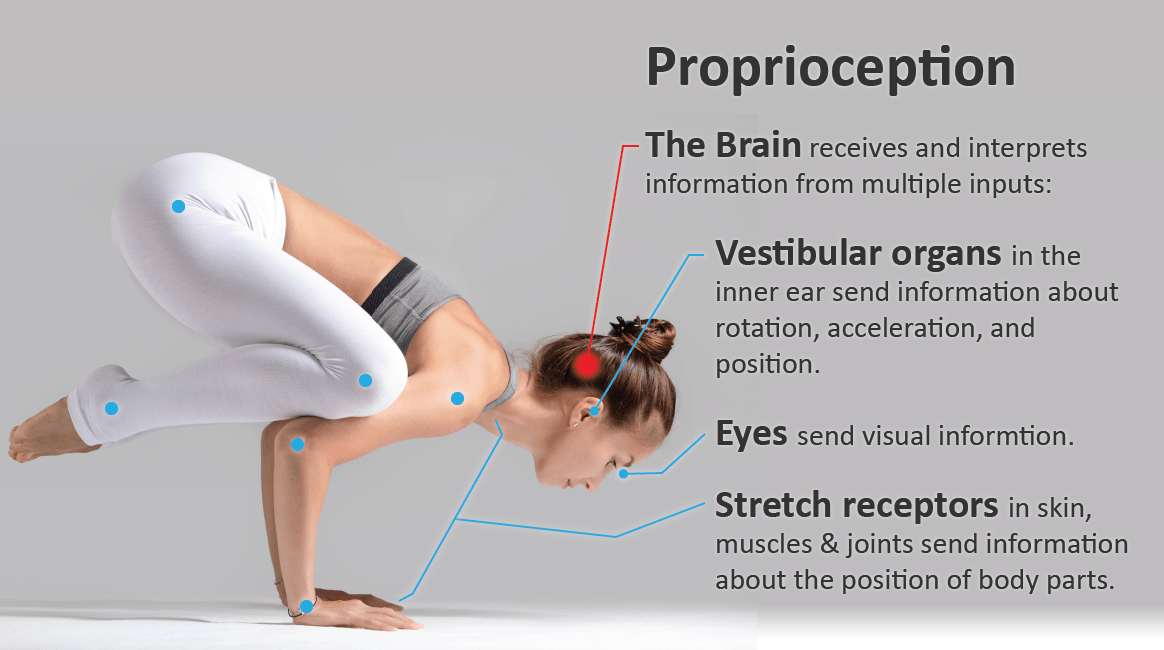CONTACT US

5 steps to better ball striking every day (Updated)

The big rush
I’m off to the range, what a rush. I love it. The chance to hit some golf balls any day, was such a buzz. It was a 19 minute drive to the range, and I would count down the minutes until I got there, checking off the minutes as I reached every corner and roundabout, to see if I was running on time. The walk from the pro shop to the driving range, was far too long, so I would buy a load of tokens from the shop in one go. That way, I didn’t always need to go in there for more on every visit, which saved me a few minutes. I made sure I had a pocket full of those nice shiny silver things, which I could trade for those nice small white round things, and stay as long as I wanted. My wife Tracy rarely moaned because I was out of the house for hours on end, practicing that ‘silly game’.
I didn’t really take the mickey too much though. I used to get to the range, hit my balls and go home, and I was normally under 2 hours door to door. If I practiced my chipping and putting, time would get on a bit, but I got away with it. I used to play a Jedi mind trick on her, I always said I went some time later than I actually did, but I don’t think she bought it. When I got back, if she was narky, she would snappily ask me to do something. This was Tracy speak for ‘you’ve been out too long’. I have it sussed after 21+ years with her. If I come back with smart reply, I am in trouble for the next few days but, that a humble ‘yes dear’ usually got me off the hook. She does accuse me of being sarcastic though, I have no idea why! So I’m up at the range, big, big rush to the machine for the balls, rumble, rumble, rumble and 90 balls drop into the basket.
There was another issue I had to contend with now though. I was 52 and I needed to warm up. When I was 35, I don’t ever remember being injured through golf…….OMG, now because I was older, I had to waste a whole 5 minutes doing this stuff, stretch and twist, stretch and twist, swing a couple of clubs, how boring. Well, I must have been a magician, I could turn 5 minutes into 2 and a half just like that.
Also, if I was working and wanted to be gone, as sure as eggs make omelets, someone needed me in the office, and I couldn’t get away. All that did though, was increase the intensity . As soon as I could, I was out of my gates like shit off a shovel …..Caravans, they go so slow, if I got stuck behind one, it took me 22 minutes to get there. Grrrrrrrr! Amateur golfers, (at least the ones I’ve seen) practice pretty much the same way. We buy a bucket of balls, head onto the range, pick up a club, glance at a target, and fire a ball off towards it. As always my session began with the wedges, and I really want to hit it better that the last session (don’t we all) . Very often I would hit a few really good shots and think that 'I got it', and then wonder why the next few are ‘pants’. Such is the game. I used to have a pattern, as long as I was making contact well, and to the sort of standard I had been used to, my mind didn’t search about too much. However, as soon as my striking went off my mind started to fidget.
I often wished I could roll with the golfing pouches better than I did, but I am not made that way unfortunately. For me, there was always some urgency when I hit it bad. I would begin to search about, remembering swing keys that I previously used to bring the sticking back in line again. I would try to find an intention, swing thought, body action. Something that I had previously used that produced better results.
I would even remember passages from Jack's book which told of him mentioning how 'if my left hand feels aren't working, then I go to my right hand ones'. It seems that even the greats struggle with this conundrum. Looking back now, I can see the madness in it. Why couldn't I see, that the same swings keys, would produce different results, at different times. For me, Swing keys/feels are unreliable. Its crazy that I just couldn't process what was happening. For instance, I would often get in trouble if my shoulder turn was incomplete (I thought).
So if I thought it wasn't right I would concentrate on making a fuller turn. But concentrating on a fuller turn didn't make striking more certain. I just went to that because of habit. This was just my way of going about things. Other golfers may try a new drill, while others put their faith in the fundamentals of their grip, stance, setup and posture, and check and tweak those in an attempt to improve. We all have our idiosyncrasies in that department. My experience is that nothing is certain when it comes to ball striking.
On occasions I have addressed the ball and shut my eyes and hit it well, on others I would walk into the shot, and make really good contact. While good ball stiking is certainly not random, there is definitely a random element to it. I just noticed that my mind was always trying to control how my body worked. For every golfer, as the range session progresses, both good and bad shots happen in a random fashion.

Breaking away from the confusion
So many times, I had come back from the range scratching my head, knowing I was missing something.....thinking that maybe my DNA was more suited to tiddlywinks. I had to find something that made sense to me, because I had read all the books, and watched all the videos, if there was some significant info contained in all that, I hadn’t found it, or it went over my head. Many times its ran through my mind, that if I practice diligently, hit lots of balls and still cant get better, then at least a part of the approach is wrong. I thought I needed to do something different. Something about my understanding of the game, and how its played was faulty. Golf instructional books and magazines articles, are written by teachers and top players.
All players have ball striking issues of course. Even the best of them have times when they aren't striking at their best...….and even though every player is looking for greater consistency, it doesn't mean the same pill fixes all ills. Mine were about the amount of foul balls I constantly hit. Often I would get a sudden rush, at some swing thought or other that I used in a session where I hit it particularly well. Only to find on the next session, it was not the case. It happened all the time, and I was fully engaged in repeating the process …..all the time. Like the hamster on his wheel.... round and round, and going nowhere.
I never had lessons, so I was learning by mimicking. I copied the ideas & images I saw in books and on video. …I didn’t know any better. This approach got me so far, but I hit a plateau, a striking pattern that I could break through. My bad contacts were off the charts bad, (tops and hosels) while my good contacts (which there were far more of) were really good. I just never knew, whether the good or bad would appear on any swing. So, I began to ask myself the question, ‘if I disregarded golf books, video tips, drills and body actions what was I left with’? The answer was pretty clear. I was left with a club and a ball, and a reasonable ability to be able to make the chrome one contact the white one.
I decided to strip away everything that did not include the specifics of club-ball contact, and see what happened. I began to think, only of the contact that the club had to make with the ball. Changing my intention to that of club-ball contact, made such a difference to the striking quality and consistency very quickly, and I am certain it can do the same for you. I began to think of the line through the ball, and clubface direction at impact, and my accuracy grew. Then, when I miss-hit, it could only be because I missed the center of the clubface by too much, and not because of some faulty swing key or body motion.. Simple eh? Why didn’t I think of that before?
So then when I hit the ball, thin or fat, instead of thinking about adjusting my ball position or leading more with my hands, or some other way to ‘not hit fat’, I instead, thought about how I wanted the club to pass through the ball…. and tried to replicate that. I visualized it, I ball first, ball first and the downward angle I needed to make it happen. I even focused hard on a specific dimple. I cant emphasize enough what difference this approach made. So I decided to try to describe it, in case is was helpful for others who were struggling with the game like I was. I began to practice with that very specific intention. How close to the sweets pot was I on the shot. It was a new concept for me, and I attacked it with plenty of passion.
Soon I would notice a sensitivity to the face of the club, that I never observed before. It happened because I was so zeroed in on the contact. My motor function seemed to filter the information from the previous shot, and compare the result against the intention. I didn’t really have to think, I just felt where the face hit the ball, and then confirmed (or not) with the location of the ball mark on the face. All miss hits are because contact with the ball was too far away from the sweets pot. My striking tendency, is to hit closer to the heel instead of right on the sweets pot. Previously I would set up with the ball nearer the toe if I started to hit a few (and this worked well), but now I address it off the hosel, and expect my body to adjust mid swing and it does. It felt like I was ‘listening’ and then making adjustments.
Previously, when I practiced with body cues and drills, I was demanding and directing the action. If there is one overwhelming difference from playing all those years back and this time, it was this. By the feedback of vastly improved striking, it seemed far easier for my body/mind to cope with the complexity of ball striking. I was making the same intention every time (center of the clubface contacting the ball). Accurate ball striking is very complicated (don’t we all know that). I found out that whatever my natural abilities to hit the ball well were, they were disrupted when asked to do too much at once. Our motor function cant find a pattern, if we ask it improve contact, shape the shot, and hit it in a required direction all at once.
This overload also affect the nerves. If the golfer is also trying to direct proceedings, by concentrating on turning their shoulder this far, and leading their hands through the ball………. whilst I keeping their swing plane stable. Its much too much. As unbelievable as our motor function is, it has its limits. However, in smaller bits, and with the least amount of variables possible it copes really well. Consistency of strike improves very fast. We have to help this delicate, and immediately responsive function.
By knowing it responds to intention, and is hard wired to carry out the most dominant thought (center club striking), to the best of its abilities. I think the skills are easy to identify, and easy to define.... there seems to be only 5 of them. Every one was as important (to me) as the next, so I called them 'imperatives' (definition: absolutely necessary or required)… and here they are.
The 5 imperatives
Imperative 1 - Striking the ball from the center of the clubface.

- Too low on the face.
- Too high on the face.
- Too near the toe.
- Too near the heel.
- Any combination of the above.
Imperative 2 - The path the club takes as it passes through the ball.
Imperative 3 - The direction the clubface points at impact.
This imperative is rich with decisive feedback, because there is a firm intention to either point the face left (close it for a right hander), or point the face right (open it for a right hander) at impact. The information from this intention is absorbed quickly, because there are no variables. The ball either flew in the direction you wanted it to (left or right) straight off the face. Or it didn't. Not much needs to be said about this, just go and practice, and you will note just how quickly your awareness of the clubface registers.
Imperative - 4 The angle of the clubface, and depth of the action, when the club approaches the ball.
Imperative 5 - Purposefully imparting spin on the golf ball.
Every time you make contact with the ball you are creating spin. The highest level of shot-making in golf, is the purposeful creation of sidespin, in both quality and quantity. Good golfers apply spin to influence the flight of the ball in a more predictable way. Unwanted and unexpected side spin ruins golf shots, every bit as much as miss-hits off the face. Side spin errors, are the commonest errors of the very good player who makes consistent solid contact. Its also the error of the golfer who is trying to improve their action, through body movement swing keys & drills, where club- ball contact is relegated to automatic. The good right handed golfer who hooks the ball a bit too often, or who loses the ball right in the wind a lot, doesn't practice enough spin control. Adding spin is quite easy, regulating the amount of spin on the ball isn't. This is why you see the top players, spinning the ball back off greens so often. Begin your practice with your favorite wedge. Its best to use a wedge, so you can actually see what's, happening when the ball lands, you want to be able to see the spin on landing. Swipe hard across the ball, heel to toe, and keep going until you can see the ball land and spin right. Keep hitting away, allowing your body to make its own adjustments based on results. Do the opposite, swipe across the ball toe to heel, and keep going at it until you see the ball spin left on landing. Once you can see some predictable results (which will be quite quick), pick up your driver and do the same. For the right handed golfer, swipe the club across the ball heel to toe (curve to the right), and then toe to heel (curved to the left) and don't expect miracles in terms of accuracy...yet!. No other practice provides such rich feedback and predictable results.
Conclusion
I got so much out of the change of emphasis in my practice. I improved so much, and so quickly, and I am certain that golfers who have hit a plateau in their striking, can reach a higher standard by thinking of the contact between club face and ball. The 5 imperatives are very specific. After a very short time, practicing each of them in the sequence they are written, and going at your own pace. You are certain to improve. Golf is complicated by the demands we place on our motor skills to perform the action. This mind/body function operates by feedback and adjustment. If there are too many variables it cant filter the feedback well, so it cant learn. Rational thought and intention are the commands this function responds to. So a quiet mind helps, and so does a really tight intention.
- Improvement in imperative 1 will bring the golfer quickly to a 11-9 handicap.
- Improvement in imperative 2 will see the golfer at 6-9.
- Proficiency in imperatives 3 and 4, will bring him or her under 5.
- More skill in imperative 5, to be able to influence spin, is the hallmark of very good golfers.

Golf are feels real?, and can they be relied on?
So, I had been trying to access an involuntary feeling, with voluntary intent, (I cant make my hands feel cold just because I want them to). Read more...

Use your sixth sense to play better golf








